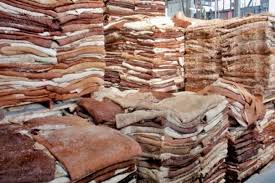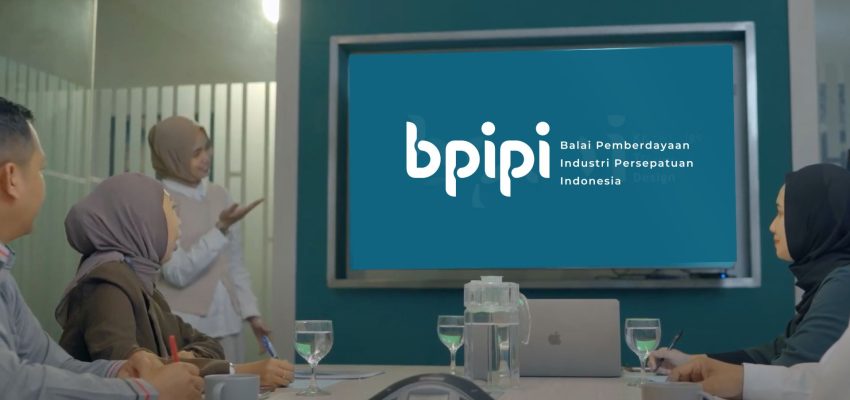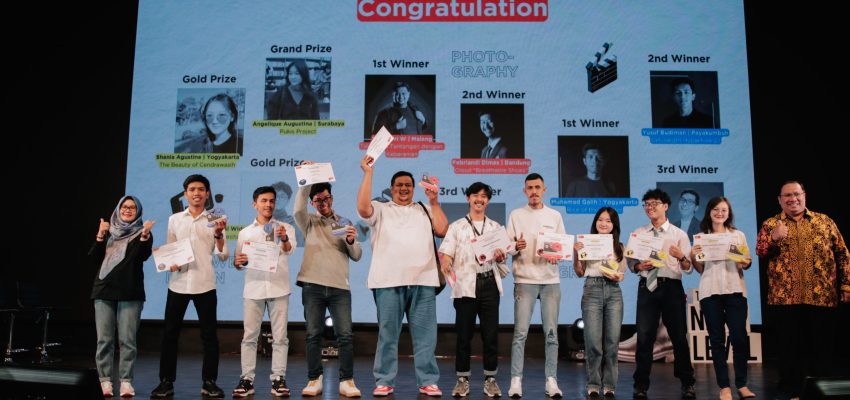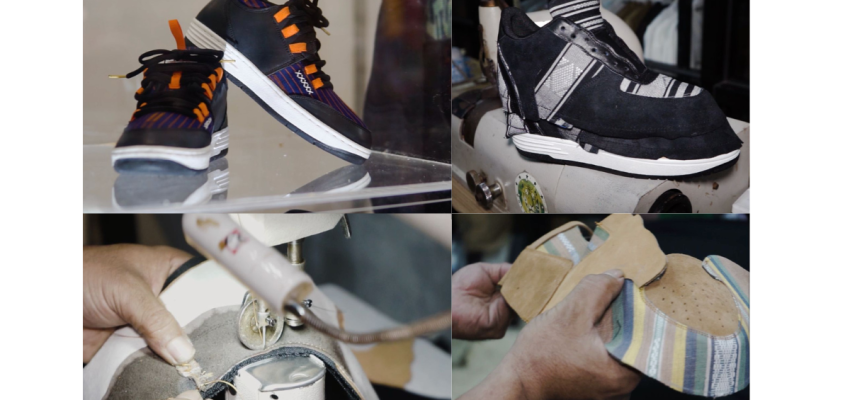Saat ini fenomena inovasi pelayanan publik menjadi perhatian penting dalam upaya reformasi birokrasi. Kebutuhan reformasi…

Increasing Synergy-Investment, Overcoming The Tanners' Dilemma
Over the past few years, the Indonesian leather tanning industry players have been faced with the dilemma of staying afloat. They are faced with two problems, namely the difficulty of obtaining local raw materials as well as importing raw materials.
Based on data from the Ministry of Industry (Kemenperin), the need for the national leather industry in 2018 reached 115.84 million square feet or 10.76 million square meters. Of that amount, domestic leather production is only 5.1 million square meters.
The production of 548,127 square meters is used for export. To meet the needs of the national leather industry, the industry needs to import leather up to 6.2 million square meters.
Vice Secretary-General of the Indonesian Tanners Association (APKI) Arifin Kustiawan said the lack of supply made the leather tanning industry have to compete with the food industry to obtain raw materials. There has been fierce competition between the leather tanning industry and the leather cracker and krecek industry players in the last three years.
"There is no valid data yet. However, this situation is a very thick competition for us. The skin has already been bought by the food industry when you want to buy," said Arifin.
Previously, the leather tanning industry and the food industry did not compete for leather supplies from collectors. The food industry usually takes the bottom or split cowhide, while the tanning industry takes the top.
However, recently the food industry began to take the whole skin. "We really hope that there is protection in concessions or regulations for the tanning industry," said Arifin.
APKI data shows that the number of tannery factories (large and medium) reached 112 factories in the 1986-1998 period and fell to 42 factories in 2017-2018. Leather production also decreased from 210 million feet or 64 million meters per year in 1986-1998 to 33.52 million meters per year in 2017-2018.
In industry there is an upstream sector, a middle sector, and a downstream sector. The leather industry consists of the upstream sector that produces raw leather raw materials, the middle sector that tanns raw leather, and the downstream sector that processes tanned leather into final products with added value, such as shoes, jackets, and wallets.
The middle sector, namely the leather tanning industry, plays an important role as the main raw material provider for the downstream sector. The leather tanning industry turns raw leather into semi-finished materials with added value.
Limited supply makes tanning industry players faced with the fact that they have to import raw materials. Despite the huge demand, the import of leather raw materials is not without problems. Arifin said only countries that have declared their livestock free of oral and skin diseases (FMD) could export to Indonesia.
The leather that has arrived must go through a quarantine process that slows down the production time. According to him, the quarantine process takes approximately two months before it can be used.
The tanneries also have to deal with the price of imported leather raw materials from FMD-free countries, which are higher than in other countries. With such prices and already high domestic production costs, as a result, the price of leather from domestic tanning is not competitive.
The Import policy
Director-General of Chemical, Pharmaceutical and Textile Industries of the Ministry of Industry Achmad Sigit Dwiwahjono said that importing leather raw materials was unavoidable. Local production of raw materials for certain types of leather is also not optimal, such as skins from goats and sheep.
For this reason, the government is improving the import trade system together with related agencies. The Ministry of Industry will also facilitate the import of raw leather raw materials.
However, this effort is hampered by a regulation from the Ministry of Agriculture which requires imports to come from countries that are free of PMK. "We continue to try to synergize the policy with the Ministry of Agriculture," said Sigit.
Executive Director of the Institute for Development of Economics and Finance (Indef) Enny Sri Hartati when contacted said that imports should only be a temporary solution to meet the needs of middle and downstream industries.
In addition, imports must be carried out in a controlled manner to maintain domestic raw materials' competitiveness. "Efforts to balance the absorption of local and imported raw materials can be through the provision of import duties for imported leather so that industry players can choose local or imported raw materials," he said.
Investment and synergy
Enny continued, the government at the same time needs to increase investment and incentives in the livestock industry to boost productivity. This approach can help improve the supply of raw materials in the middle sector of the leather industry.
The purpose of increasing investment cannot only be oriented to increasing the number of incoming funds. However, the focus needs to be shifted to choosing the type of investment that can add value to local industrial products.
At the same time, the government needs to increase investment and incentives in the livestock industry to boost productivity. This approach can help improve the supply of raw materials in the middle sector of the leather industry.
Citing data from the Indonesian Footwear Industry Development Center (BPIPI), investment in the leather, leather goods and footwear industry has grown significantly in the past four years. In 2018, domestic investment (PMDN) reached IDR 282 billion compared to IDR 5.4 billion in 2015.
Foreign direct investment (FDI) in the leather, leather goods and footwear industry is more volatile. The amount of FDI investment during 2015-2017 was 161.6 million US dollars, 144.4 million US dollars, and 368.9 million US dollars. In 2018, FDI amounted to 243.65 million US dollars, equivalent to Rp. 3.44 trillion.
In addition to investment, Enny added that the synergy of all relevant parties is important to maintain the supply chain of raw materials from farmers to tanneries. The quantity and quality of leather from smallholder farmers is often problematic because they lack the knowledge to care for raw leather.
“Cross-sectoral coordination is needed, including local governments, local livestock services, and micro, small and medium enterprises (MSMEs). Coordination is needed to assist smallholder farmers so that livestock products meet industrial standards," he said.
Collaboration between tanneries and farmer groups also needs to be improved and enhanced.
Head of BPIPI Heru Budi Susanto said that collaboration between tanneries and farmer groups also needs to be improved and enhanced. Breeders can be asked to sell leather in good shape to tanners. The skin with a shape that is not smooth can be distributed to the food industry.





This Post Has 0 Comments